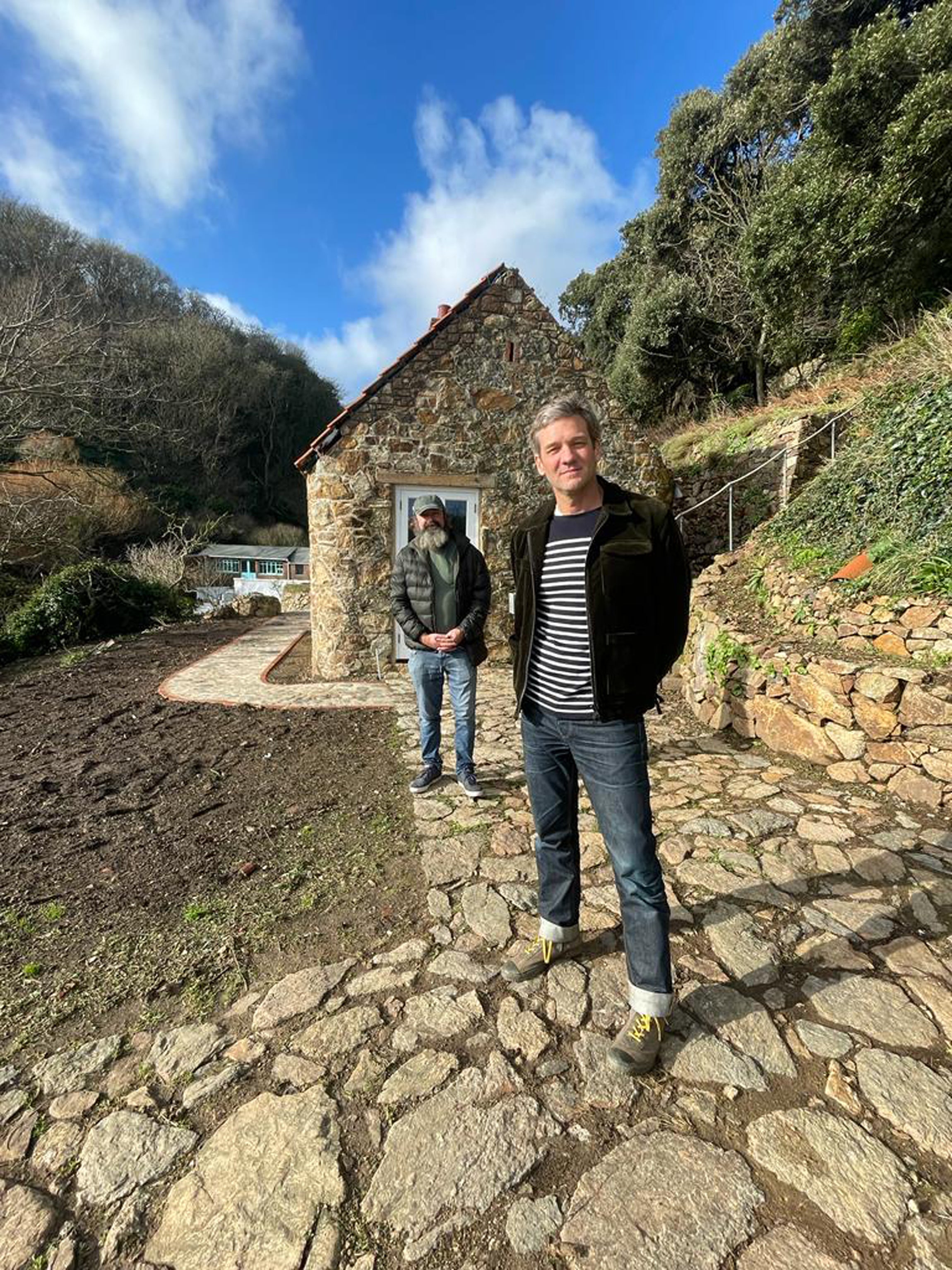
Support truly
independent journalism
Our mission is to deliver unbiased, fact-based reporting that holds power to account and exposes the truth.
Whether $5 or $50, every contribution counts.
Support us to deliver journalism without an agenda.

Louise Thomas
Editor
One of the most extraordinary projects seen on the new series of the Great British Home Restoration is an 18th-century farmhouse – which the owners soon discover actually dated back to the Elizabethan era.
The new series of the More 4 show follows families restoring historic buildings that were never meant to be lived in, into their dream homes.
Host Charlie Luxton, who is an architectural designer, was particularly taken with the Elizabethan farmhouse in Devon, renovated by couple Yazz and Mark Webb.

“When they bought it, they thought it was this 18th-century farmhouse – and then it turned out to be [from the] Middle Ages, or 15th/16th-century,” he remembers.
“They had no idea – no one had any idea. Their whole plan for the project had to completely handbrake turn halfway through and become a very different scheme. They rolled with that and went for it, and came up with a fantastic solution that they really love.
“[It was about] taking this building that really had been completely obliterated in terms of any visible evidence of its age – and then slowly, as they went through it, they found all this incredible Elizabethan woodwork and stonework… It was like unwrapping this present that no one knew was there.”

Luxton has seen plenty of restorations in his time, and says it is pretty rare to get a situation where the building is a lot older than you originally thought – but it didn’t come without its challenges. “They had to change their plans and embrace that – and it took a lot longer, cost them a lot more money, and they lived in a caravan for longer,” he notes.
This is just one of the jaw-dropping renovations seen in the series, with structures like an 18th-century ruined fisherman’s cottage in Guernsey, a derelict confectionary factory in Ramsgate and a cavernous Victorian stone barn in Herefordshire, all transformed into modern, liveable homes.
Taking on any restoration project comes with a set of difficulties – something Luxton saw first-hand when shooting the series.
“We started [filming] in Covid – it’s been a very, very long gestation. I think the rise in [cost of] materials has been a big shock for the whole building industry,” he says.
“These projects were absolutely part of that – you start off assuming ‘x’ for a build cost, and it’s ‘x’ plus 20%” – meaning it’s a lot harder to plan for your build.
“There’s always challenges with the conservation and planning, because our planning and conservation departments have been under-invested in for 14 years, and they’re on their knees,” Luxton adds.
He suggests you need to be a certain type of person to successfully pull off a project like this. For example, one episode features the restoration of a Victorian workshop – the homeowner planned six weeks for the build, but it ended up taking six months.
“You’ve either got to be an absolute hoper and a dreamer with enormous amounts of stamina, or you’ve got to be a real planner,” Luxton says, praising the resilience of the contributors to the show.
“But whatever it is, you’ve got to be a grafter. You’ve got to be able to accept the knocks, because they always come, no matter how experienced you are in building. The one thing, I suppose, the more experienced you are, the more you can foresee the challenges and manage them slightly better. And you can have a bit of perspective to know that you will get through it.”
People watching the show will be blown away by the end results – and perhaps even tempted to embark on a similar project themselves. So what’s the most important thing they know before undertaking something so massive?
“Planning,” Luxton says simply.

“Not in terms of legislative planning – I mean being really open-eyed and forensic about your finances, about the potential challenges of the building both from a conservation and planning perspective, about likely costs, about how long it’s going to take.
“If you go in and you plan it well, it can be a good experience – the times I’ve seen it be really stressful for people is where they are not properly prepped.”
And there are plenty of benefits to restoring an historical building into your dream home.
“It is that time travel, the fact you’re reaching back,” Luxton explains.
“The fact that, even if it was a barn, it’s been there for 100 years, 200 years – it gives it a weight, gives it a validity. Because remember, crappy old buildings got knocked down – so the fact that the building has survived for, 100, 200, 300, 400 or 500 years, is generally because it has value.”
Great British Home Restoration begins on July 17 on More4.







